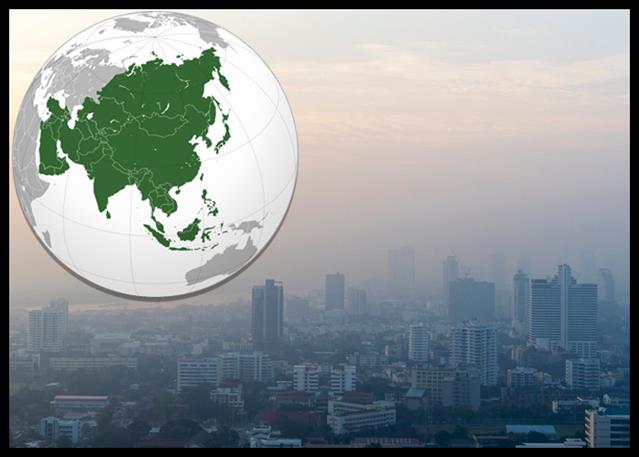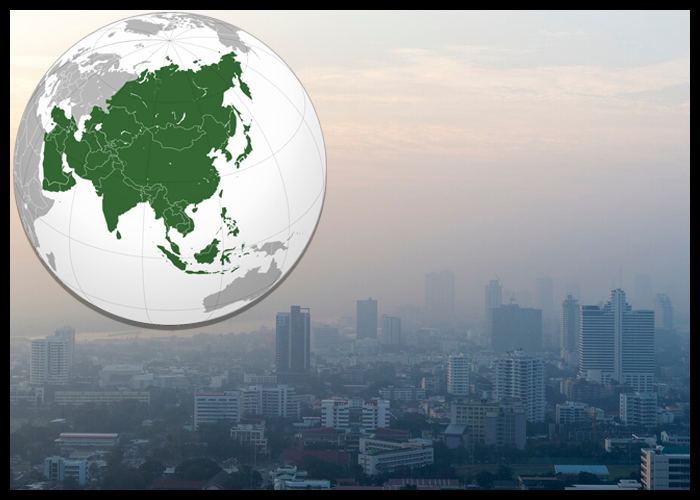
NASA and international researchers will study the air quality in Asia as part of a global effort to better understand the quality of air that the region’s population breathe.
In collaboration with South Korea’s National Institute of Environmental Research (NIER), the Airborne and Satellite Investigation of Asian Air Quality, or ASIA-AQ mission, will collect detailed atmospheric data over several locations in Asia. NASA did no specify the countries where the data is collected.
Utilizing aircraft, satellites, and ground-based instruments, the ASIA-AQ team will gather and share data with air quality and government agencies to be used for air quality research and understanding worldwide.
While satellite views and ground measurements provide significant data, that alone is not sufficient to completely illustrate air quality problems and the sources that cause them. By adding airborne measurements to models along with satellite and ground-based observations, scientists can achieve a multi-dimensional, detailed perspective that evaluates air quality models from all angles.
NASA said that a pair of its science aircraft will help provide those additional dimensions to air quality observations. The DC-8 from NASA’s Armstrong Flight Research Center in Edwards, California, is outfitted with 26 instruments and will fly at low-altitudes to collect data from the atmosphere closest to the ground where people and habitats are impacted.
Meanwhile, the G-III from NASA’s Langley Research Center in Hampton, Virginia, will fly at 28,000 feet altitude to create a high-resolution map of the pollution distribution in each study area, and how it changes throughout the day. Together with Korean aircraft from NIER, the NASA planes and instruments will supplement and cross-reference the observations made from the ground and satellite instruments.
“Scientists and agencies in each of the participating countries will ensure that ASIA-AQ targets the most important open air quality questions in their specific region,” said Barry Lefer, NASA program scientist for air quality research at NASA Headquarters. “And they’ll be the ones to implement improvements in their forecast models and advocate for policy changes.”
ASIA-AQ is a joint effort between NASA and Korea’s National Institute of Environmental Research (NIER) and several international organizations including the Department of Environment and Natural Resources Philippines (DENR), the Universiti Kebangsaan Malaysia (UKM), the Geo-Informatics and Space Technology Development Agency Thailand (GISTDA) and the Ministry of Environment Taiwan (MOENV).
Copyright © 2024, RTTNews.com, Inc. All Rights Reserved.
















